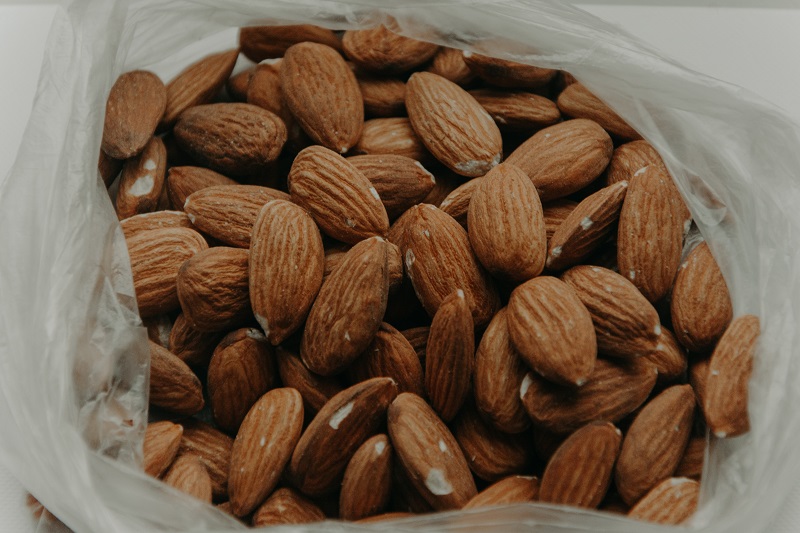Postharvest Considerations For Honeycrisp

Honeycrisp has been an omnipresent force in the apple market as varieties go. As much as Honeycrisp is known as a high-premium apple, the variety is also known for its storage issues. Two researchers on opposite coasts, James Mattheis, research leader/location coordinator, USDA-ARS Tree Fruit Research Laboratory in Wenatchee, WA, and Christopher Watkins, associate director for Agriculture and Food Systems, Cornell Cooperative Extension in Ithaca, NY, get to the core of postharvest care of Honeycrisp.
Mattheis notes its sensitivity to low storage temperatures. “Honeycrisp is very susceptible to physiological disorders resulting from chilling injury, particularly in fruit stored for extended periods,” says Mattheis. “This chilling sensitivity necessitates conditioning at a relatively warm storage temperature after harvest and a higher final storage temperature compared with most other cultivars produced in the Pacific Northwest. Both conditioning and a higher final storage temperature can exacerbate bitter pit development.”
“Bitter pit has been a consistent problem. Soft scald and soggy breakdown are usually associated with low temperatures and late harvest,” says Watkins. “Decay seems to be increasing as a major cause of loss. Other disorders such as skin wrinkling occur periodically, and we don’t yet know for sure what causes them.”
Prevention
In order to prevent bitter pit, Mattheis and Watkins recommend field calcium sprays, crop load and harvest management.
Mattheis advises using a management practice “that promotes maturation and red color development (which) allows harvest at a manageable level of chilling sensitivity while avoiding high levels of bitter pit. … Internal browning due to low temperature (soggy breakdown) is managed by temperature conditioning at harvest and a higher final storage temperature.”
At Cornell, research is “focusing on predicting occurrence so that we might be able to safely avoid conditioning in fruit from southern areas. This might allow storages to safely reduce losses due to bitter pit, without losing fruit to soft scald,” says Watkins. “Research to characterize the metabolic process of this chilling injury is underway that may, as for soft scald, provide an early indication of disorder potential prior to symptoms. Some internal browning related to controlled atmosphere storage appears to be CO2 injury, although research to further characterize what is occurring is ongoing.”
As far as advice in postharvest handling of Honeycrisp, Mattheis advises: “It is important to communicate with warehouse personnel regarding harvest management (late production sites where red color development may be delayed) and warehouse procedures to condition fruit (typically 7 days at 50°F) after receipt from the field. … Communicate with warehouse personnel to ensure what is known regarding particular lots (tree age, crop load, maturity at harvest) is considered when storage decisions are made.”
Watkins recommends the warehouse conditioning treatment that researchers at Cornell found “that largely controls (soft scald and soggy breakdown) if fruit are stored at 38°F.
Conditioning is used extensively across North America, but it has the downside of sometimes enhancing bitter pit,” says Watkins. “Some storage operators try to avoid conditioning, and this might be safe in regions where risk is relatively low.”
More Online
Resources for postharvest handling of Honeycrisp:
- University of Minnesota
- Michigan State University
- Washington State University Extension
- Cornell University Extension










